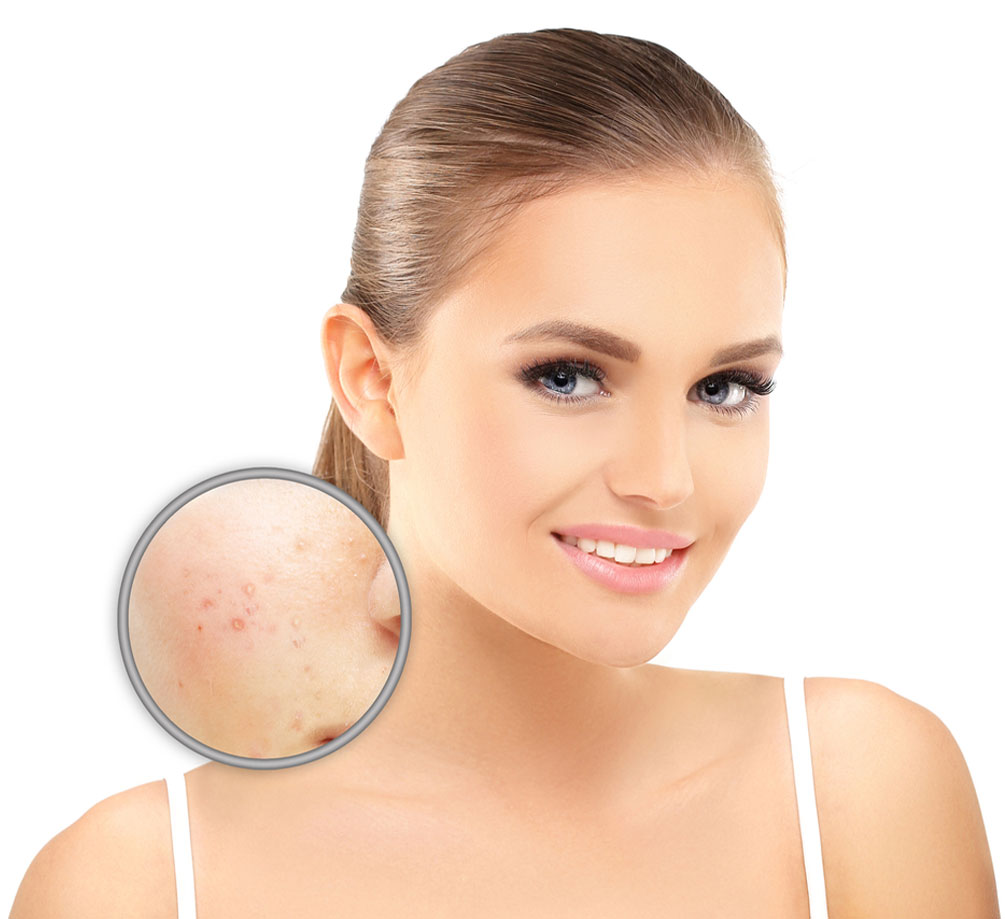Pigmentation
Skin pigmentation is the color of your skin due to a certain amount of melanin, a natural pigment that gives your skin, hair, and eyes their unique color. Your skin could become darker or lighter due to changes in your body’s production of melanin.
A variety of factors could cause this, from the genes you’re born with to skin damage from acne or sun exposure. Learn more about what could trigger shifts in skin pigmentation, the role of genetics in skin color, different types of discoloration, and how to treat them.
Causes of Pigmentation
Your skin tone is the result of a complex process during which special cells inside the outer layer of your skin called melanocytes produce melanin. Inside these special skin cells are organelles (or mini-organs of the cell) called melanosomes. Variations in the color of your skin depend on the amount, size, and functioning of these tiny melanin factories.
There are two key types of melanin: eumelanin and pheomelanin:
- Eumelanin is brown and black in color. It protects your skin by limiting the amount of harmful ultraviolet (UV) rays that can break through and picking up reactive oxygen radicals which—if left alone—could damage your cells and DNA and potentially lead to chronic health conditions like cancer.
- Pheomelanin, on the other hand, is yellow and red in color. Unlike eumelanin, pheomelanin provides very little protection from UV rays and can actually support the production of reactive oxygen radicals and the damage they cause.
Your skin pigmentation is determined by the balance of these types of melanin in your skin. This can shift depending on your hormones, interactions with other cells in your body, the impact of certain genes, and more.
Genetics
Amazingly, over 125 genes are known to affect skin pigmentation. Along with hormones, genes are responsible for regulating the melanin production process. They can adjust how much eumelanin or pheomelanin your skin cells produce and how well they survive and function, causing shifts in skin color over time.
Variations in skin pigmentation are believed to reflect evolutionary adaptations that allowed our ancestors to survive 300,000 to 1 million years ago. As they moved within and outside of Africa, darker skin and lighter skin both came with key benefits.
Darker skin helped protect some people from harmful UV rays in high-sun areas, while lighter skin allowed others to produce vitamin D more efficiently in places with less sunlight (a key component of the vitamin D synthesis process).
